Clay is a GTM development environment that combines 150+ data sources and AI agents to help teams turn any growth idea into reality. You bring a hypothesis; Claygent researches the web, pulls signals, and helps you turn that idea into a repeatable system. Today, we're rolling out GPT-5 as a model option across Clay—the best performer we've ever run in Claygent, and the new engine behind our formula generator and metaprompter.
We worked closely with the OpenAI team early to make GPT-5 sing inside Clay. The result is simple: more signal, faster. It finds the right information more quickly, writes robust formulas on the first try, and drafts outbound that sounds like a thoughtful human—not a template.
Why this matters
- Better research translates directly into better GTM. If you can trust the data behind every play, you can move faster and think bigger with your hypotheses.
- The best growth ideas need logic to scale. GPT-5's enhanced coding ability makes our formula generator noticeably stronger, so you can ship transforms and validations without babysitting them.
- Outbound wins when it feels like a real conversation. GPT-5's tone control and context handling make it great for writing short, specific emails tied to real signals.
What's better with GPT-5
- Web research in Claygent: Handles messy sites, long docs, and nested navigation with less wandering. You'll see tighter answers that reference the right sources.
- Formula generation: More accurate, more robust. It produces cleaner logic, stronger edge-case handling, and fewer retries—because the model can actually "think in code."
- Conversational writing: The copy reads like it was written by someone who did the homework. Great for first-touch emails, social DMs, and in-product nudges that pull in live signals.
Early numbers we're seeing
- Faster and more accurate: Research accuracy improved by 8-17% on our internal web QA set, with 38% fewer tokens consumed.
- GPT-5 based Claygent refreshed our previous research benchmark, now ranking as the best performing model on various internal evaluation tasks
- Correct formula generation statistically significantly improved by 7.9%,
What you can build now
- Precision account research at scale: "Find new SOC 2 mentions in trust centers, cross-check careers pages for compliance hires, and map the security team's reporting lines."
- Data hygiene and enrichment: "Dedupe by entity, normalize titles, and validate domains against vendor lists before writing to the CRM."
- Signal-driven outbound: "If the company ships a changelog touching pricing or SSO, generate a short first-touch that references the change, similar customer stories, and a specific ask."
- ABM workflows: "Identify customers adopting a new integration, score fit by stack similarity, and send a one-line CTA that reads like a human who knows their world."
Where GPT-5 shows up in Clay
- Claygent: Pick GPT-5 in the model dropdown for research steps. It's our new default recommendation for complex web tasks.
- Formula generator: GPT-5 is now our go-to for generating transforms, regexes, and data validations. You'll see fewer edits and sturdier outputs.
- Metaprompter and in-house AI features: We're rolling GPT-5 into the metaprompter and other features across Clay so the same brain that nails research also powers your prompt creation and logic.
Why it beats our previous best
Across our evals, GPT-5 cleared our prior leader by a real margin—especially on research precision and formula generation quality. It's not just "smarter" in the abstract; it's more grounded in source material and better at writing working code, which is exactly what Clay workflows need.
Getting started
- In any Claygent step, select GPT-5 in the model menu. Use it for multi-hop research, messy sites, and anything where citations matter.
- In the formula generator, describe the transformation you want. GPT-5 will produce the formula (and a quick explanation) you can drop straight into your table.
- For outbound, use the metaprompter with GPT-5 to draft tight, signal-aware messages. Keep it short; let the model do the heavy lifting on specificity.
A quick note on tone
GPT-5 excels for GTM teams who care about craft. GPT-5 is great at conversational writing—clear, specific, and human. If your outbound reads like someone who actually looked at the account, that's because the model actually looked at the account.
What's next
This launch is the kind we love: world-class partners, pragmatic engineering – all in the service of real-world GTM creativity and impact. We're excited to see what you build with GPT-5 in Clay!
Clay is a GTM development environment that combines 150+ data sources and AI agents to help teams turn any growth idea into reality. You bring a hypothesis; Claygent researches the web, pulls signals, and helps you turn that idea into a repeatable system. Today, we're rolling out GPT-5 as a model option across Clay—the best performer we've ever run in Claygent, and the new engine behind our formula generator and metaprompter.
We worked closely with the OpenAI team early to make GPT-5 sing inside Clay. The result is simple: more signal, faster. It finds the right information more quickly, writes robust formulas on the first try, and drafts outbound that sounds like a thoughtful human—not a template.
Why this matters
- Better research translates directly into better GTM. If you can trust the data behind every play, you can move faster and think bigger with your hypotheses.
- The best growth ideas need logic to scale. GPT-5's enhanced coding ability makes our formula generator noticeably stronger, so you can ship transforms and validations without babysitting them.
- Outbound wins when it feels like a real conversation. GPT-5's tone control and context handling make it great for writing short, specific emails tied to real signals.
What's better with GPT-5
- Web research in Claygent: Handles messy sites, long docs, and nested navigation with less wandering. You'll see tighter answers that reference the right sources.
- Formula generation: More accurate, more robust. It produces cleaner logic, stronger edge-case handling, and fewer retries—because the model can actually "think in code."
- Conversational writing: The copy reads like it was written by someone who did the homework. Great for first-touch emails, social DMs, and in-product nudges that pull in live signals.
Early numbers we're seeing
- Faster and more accurate: Research accuracy improved by 8-17% on our internal web QA set, with 38% fewer tokens consumed.
- GPT-5 based Claygent refreshed our previous research benchmark, now ranking as the best performing model on various internal evaluation tasks
- Correct formula generation statistically significantly improved by 7.9%,
What you can build now
- Precision account research at scale: "Find new SOC 2 mentions in trust centers, cross-check careers pages for compliance hires, and map the security team's reporting lines."
- Data hygiene and enrichment: "Dedupe by entity, normalize titles, and validate domains against vendor lists before writing to the CRM."
- Signal-driven outbound: "If the company ships a changelog touching pricing or SSO, generate a short first-touch that references the change, similar customer stories, and a specific ask."
- ABM workflows: "Identify customers adopting a new integration, score fit by stack similarity, and send a one-line CTA that reads like a human who knows their world."
Where GPT-5 shows up in Clay
- Claygent: Pick GPT-5 in the model dropdown for research steps. It's our new default recommendation for complex web tasks.
- Formula generator: GPT-5 is now our go-to for generating transforms, regexes, and data validations. You'll see fewer edits and sturdier outputs.
- Metaprompter and in-house AI features: We're rolling GPT-5 into the metaprompter and other features across Clay so the same brain that nails research also powers your prompt creation and logic.
Why it beats our previous best
Across our evals, GPT-5 cleared our prior leader by a real margin—especially on research precision and formula generation quality. It's not just "smarter" in the abstract; it's more grounded in source material and better at writing working code, which is exactly what Clay workflows need.
Getting started
- In any Claygent step, select GPT-5 in the model menu. Use it for multi-hop research, messy sites, and anything where citations matter.
- In the formula generator, describe the transformation you want. GPT-5 will produce the formula (and a quick explanation) you can drop straight into your table.
- For outbound, use the metaprompter with GPT-5 to draft tight, signal-aware messages. Keep it short; let the model do the heavy lifting on specificity.
A quick note on tone
GPT-5 excels for GTM teams who care about craft. GPT-5 is great at conversational writing—clear, specific, and human. If your outbound reads like someone who actually looked at the account, that's because the model actually looked at the account.
What's next
This launch is the kind we love: world-class partners, pragmatic engineering – all in the service of real-world GTM creativity and impact. We're excited to see what you build with GPT-5 in Clay!




















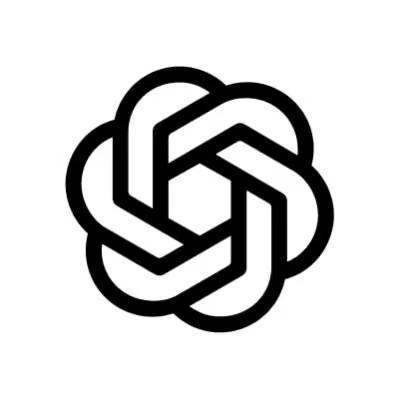
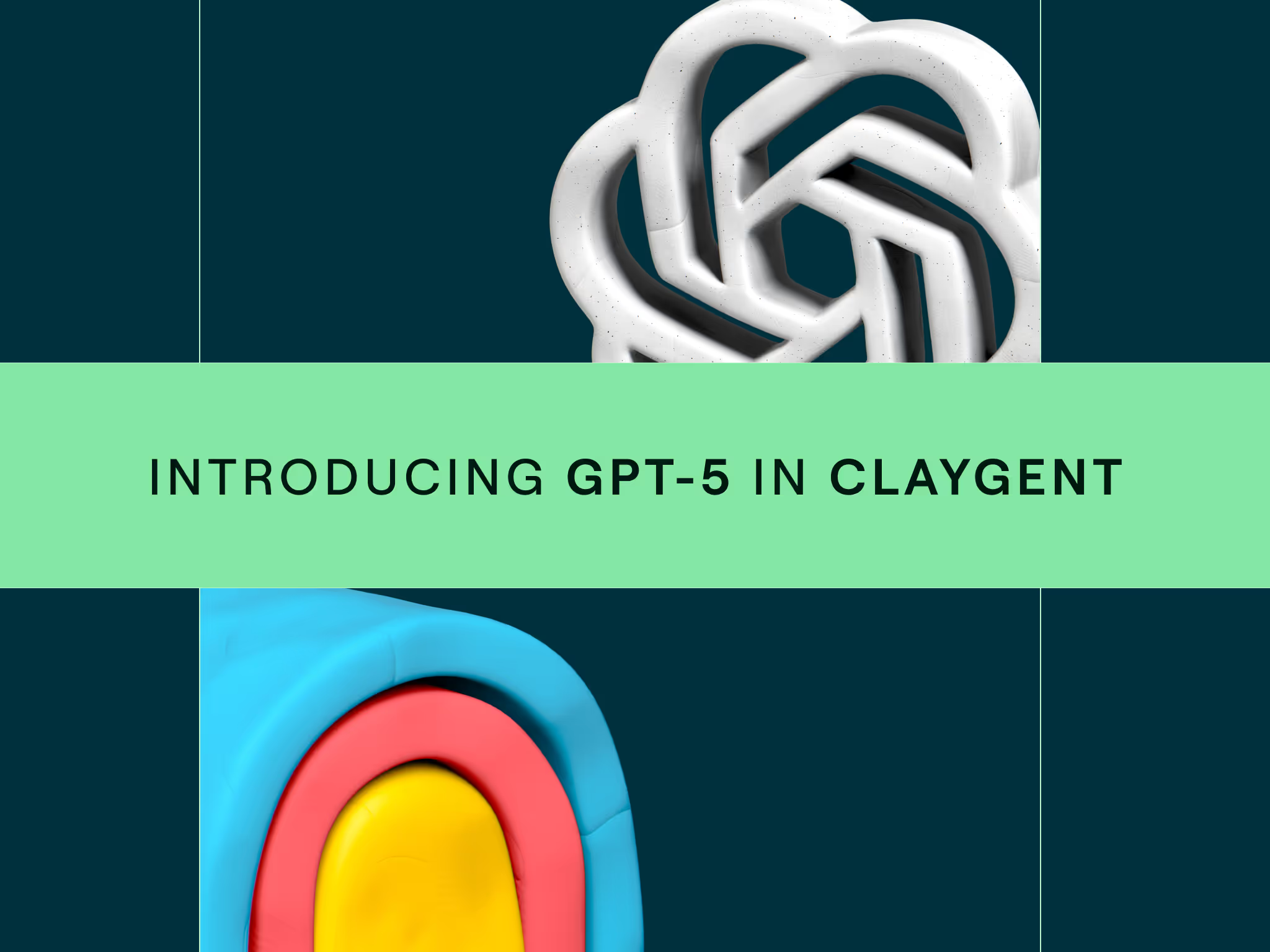
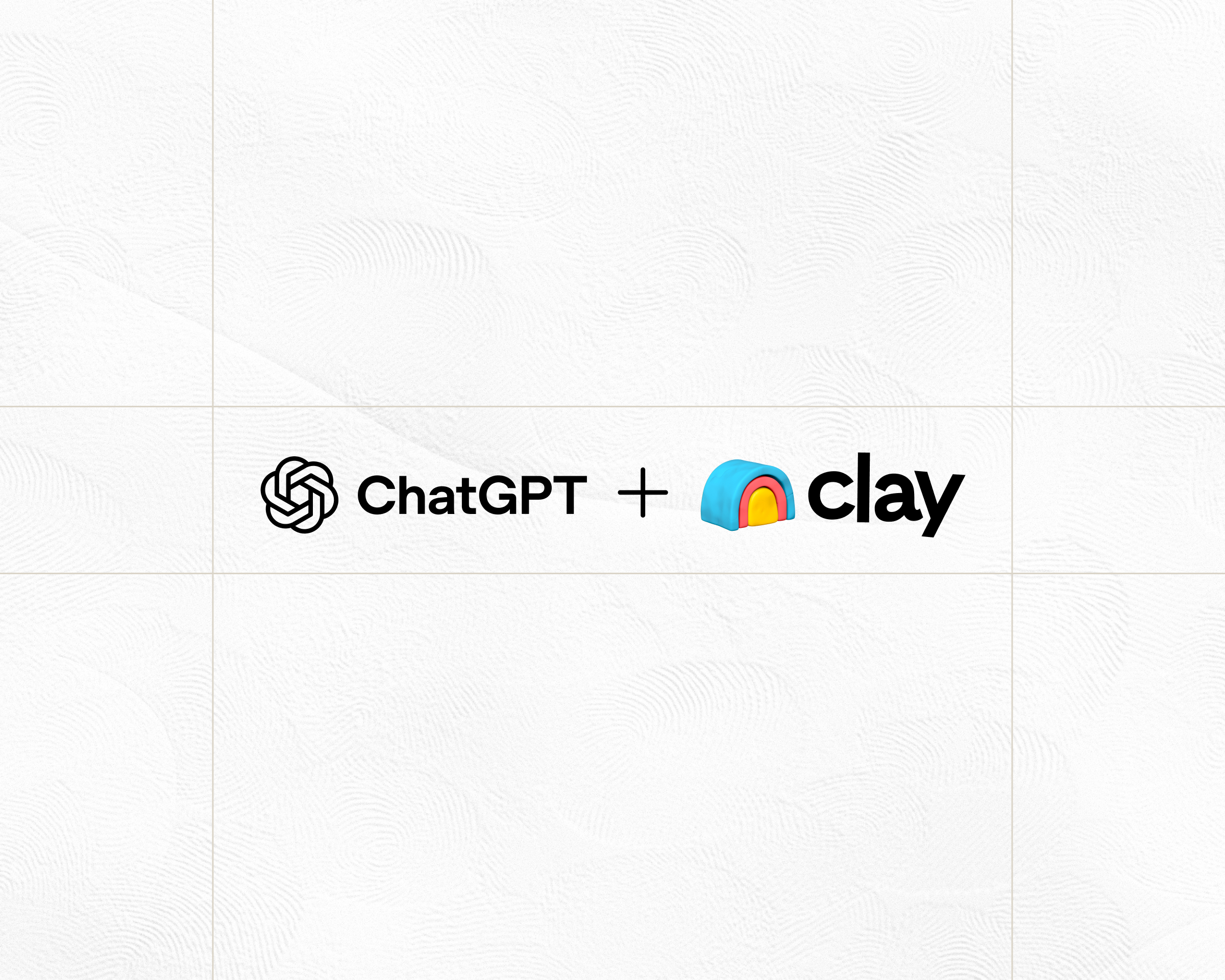
.jpg)




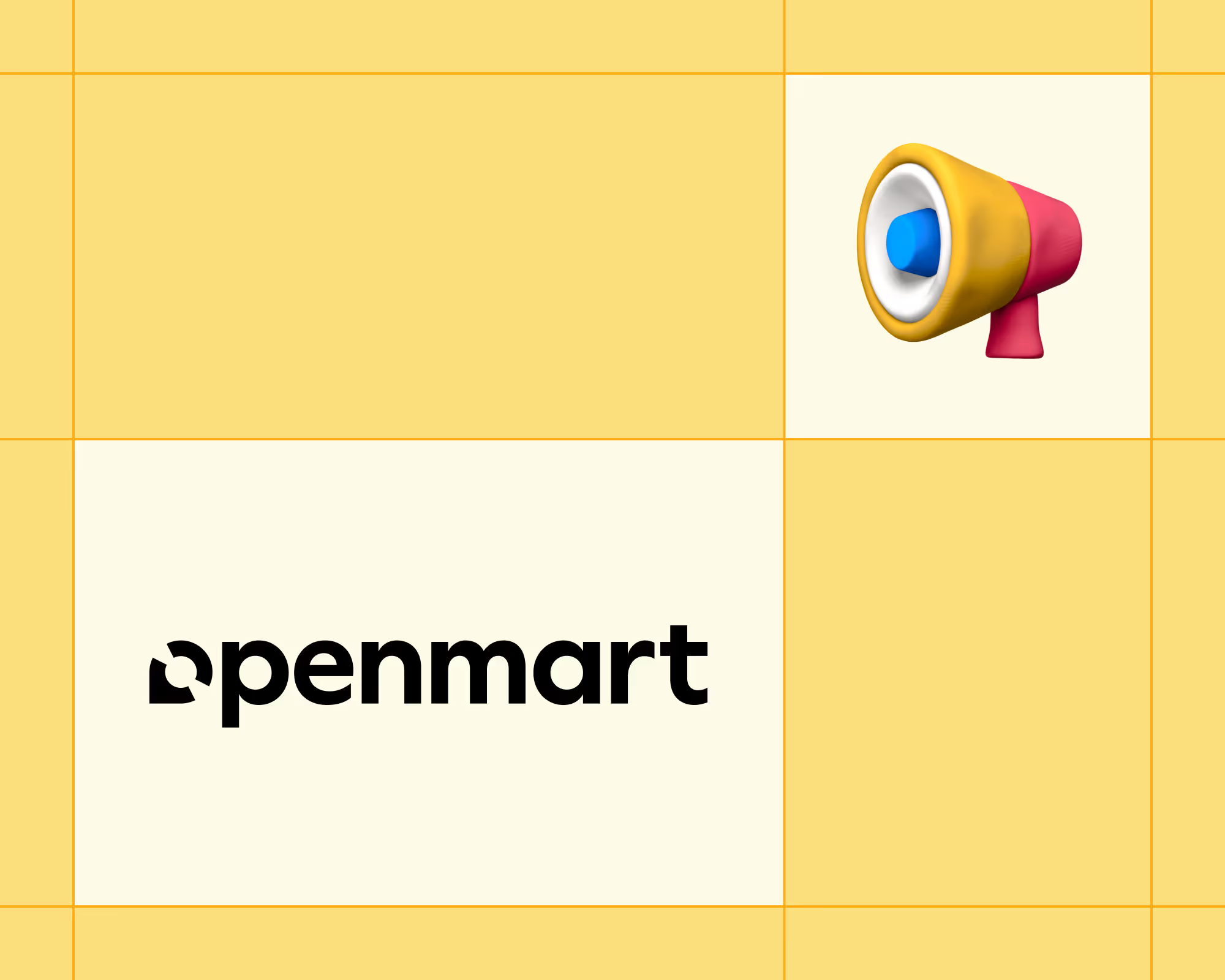

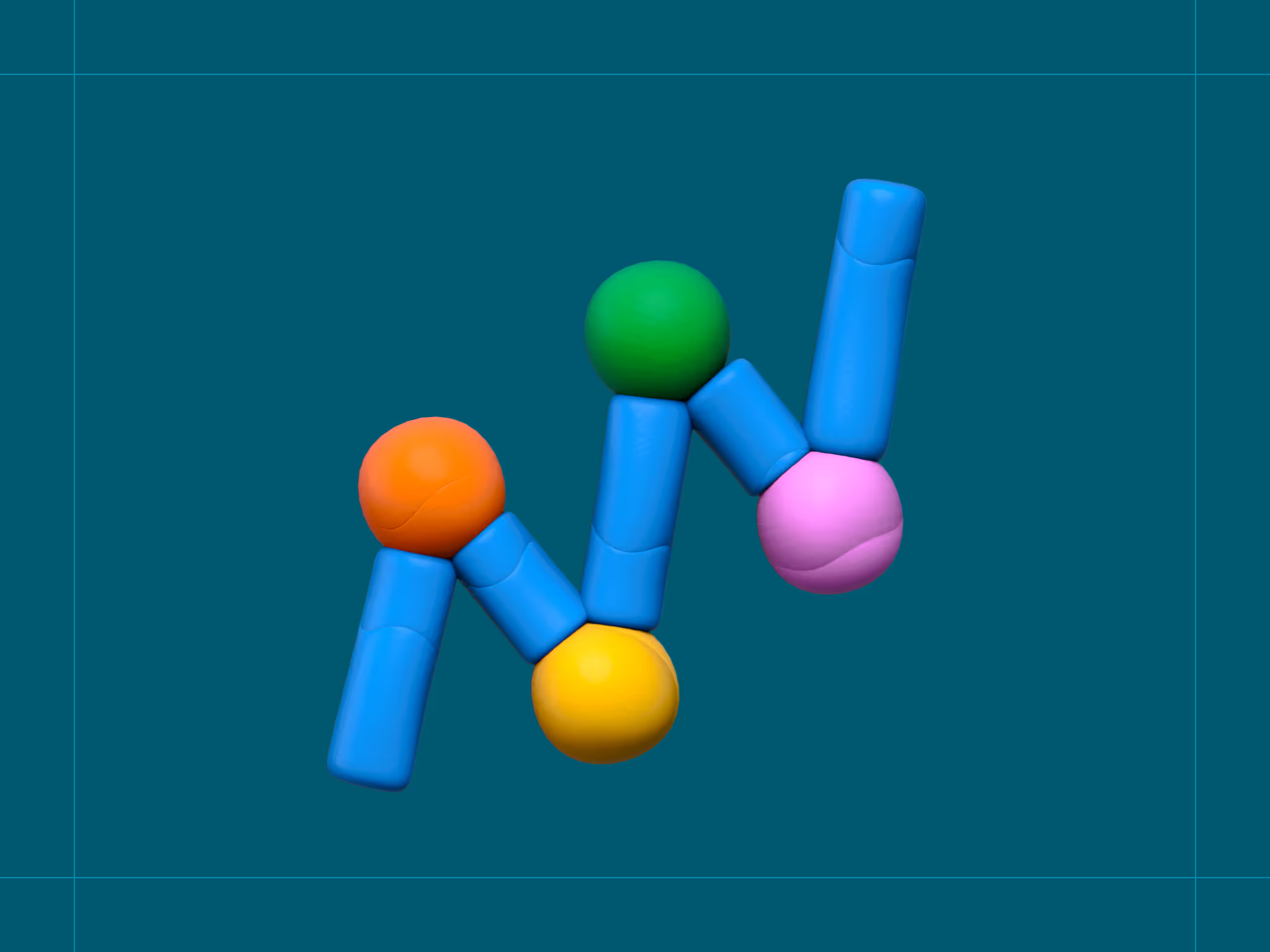

.avif)
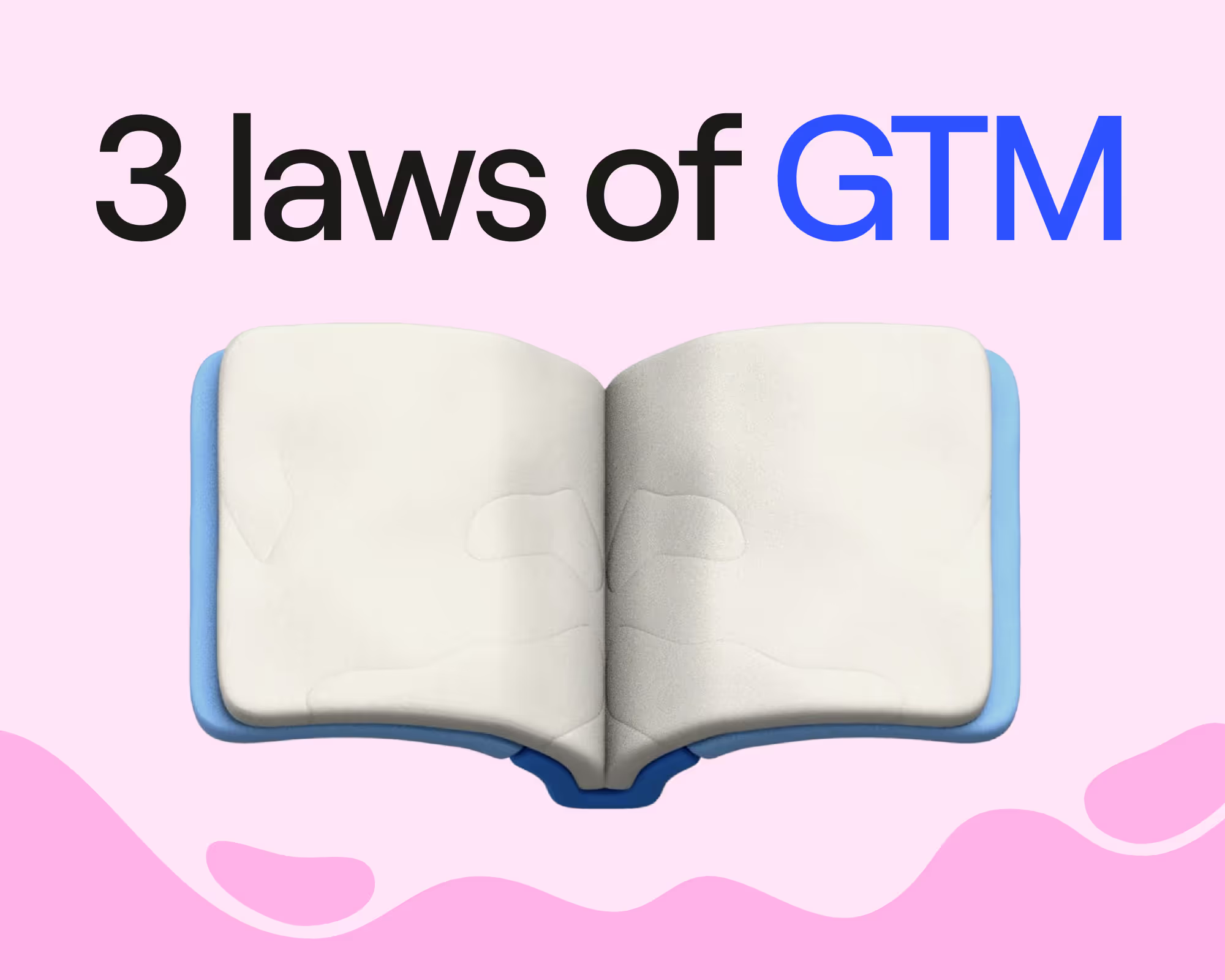


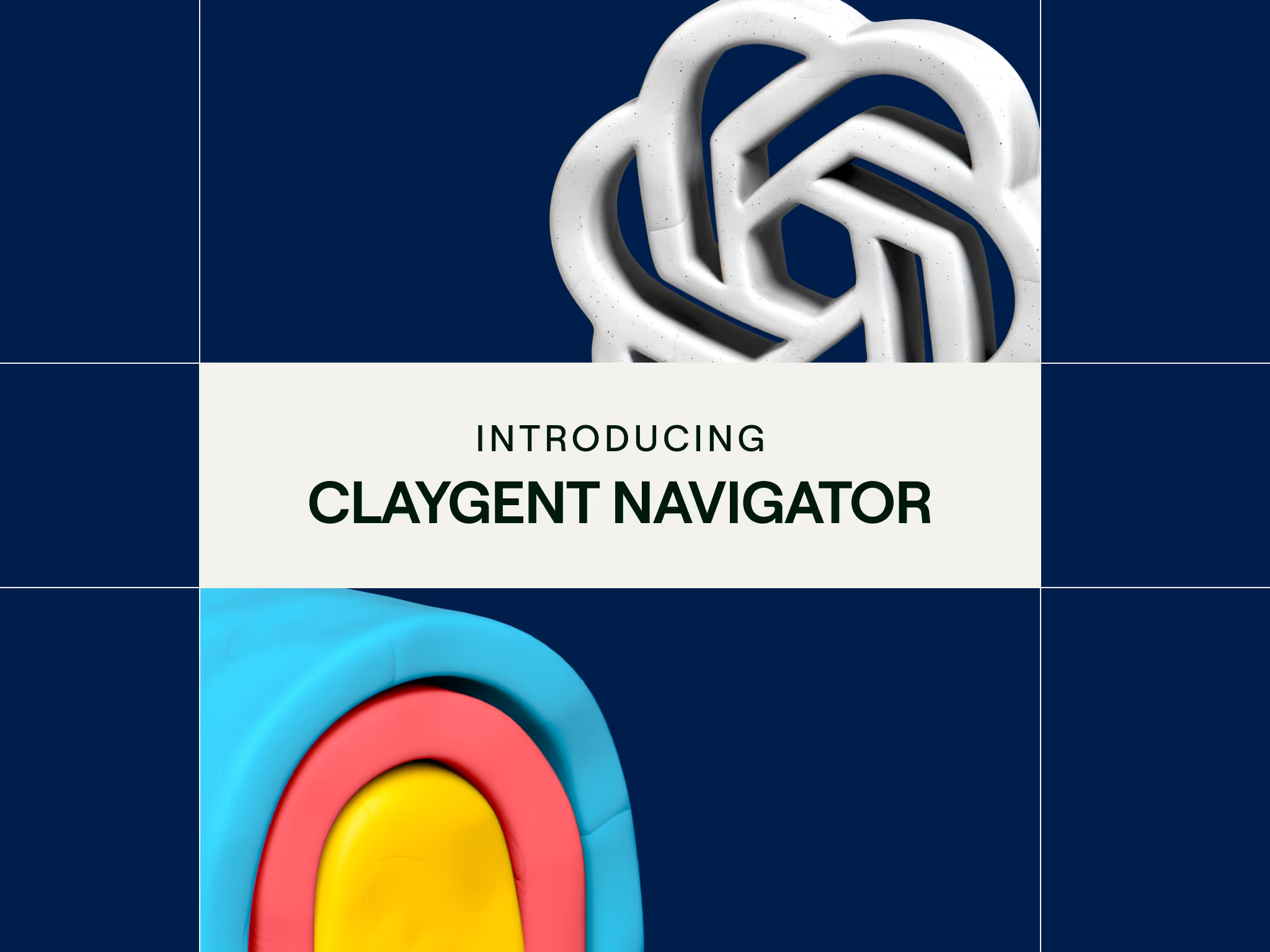

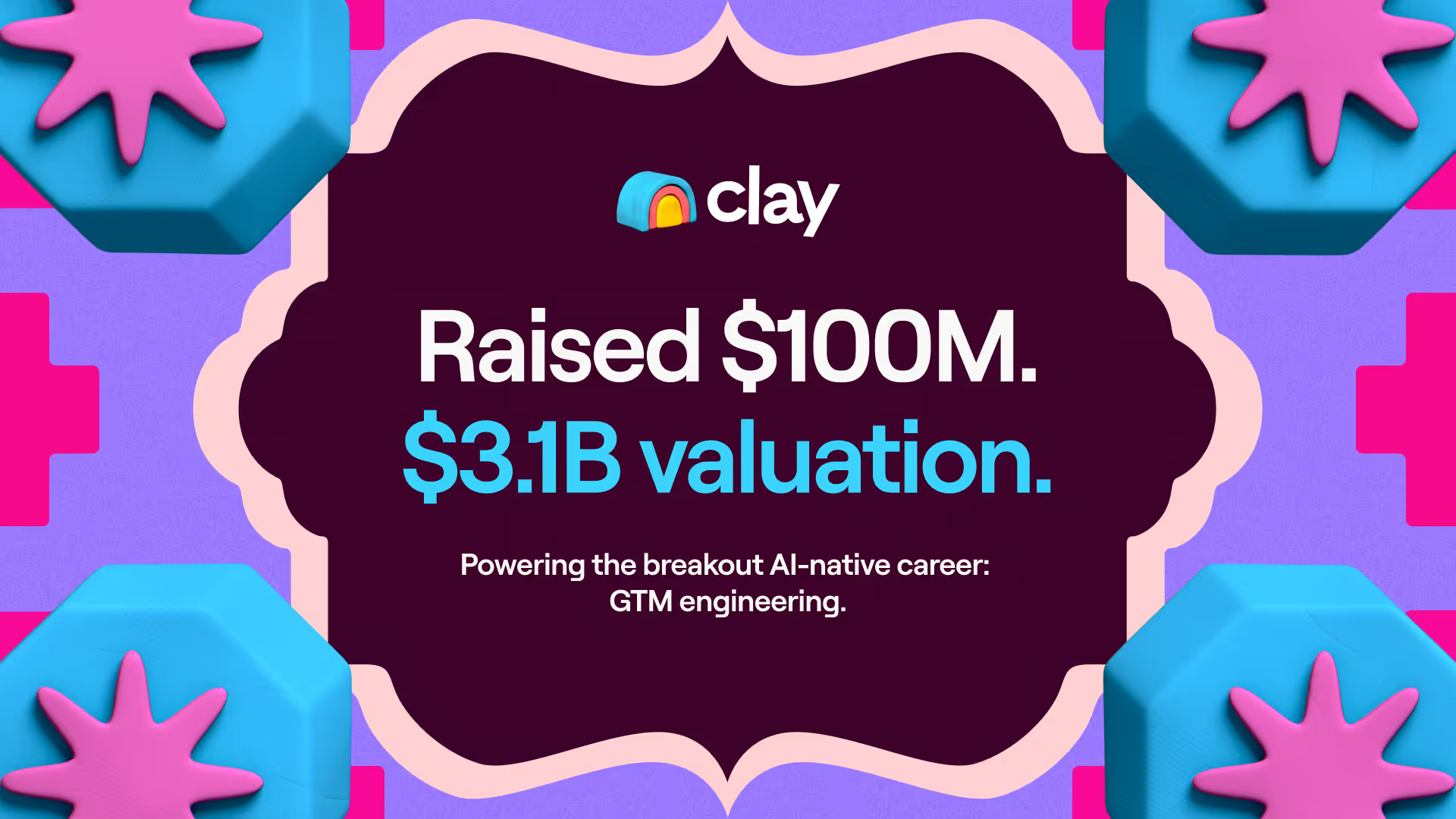



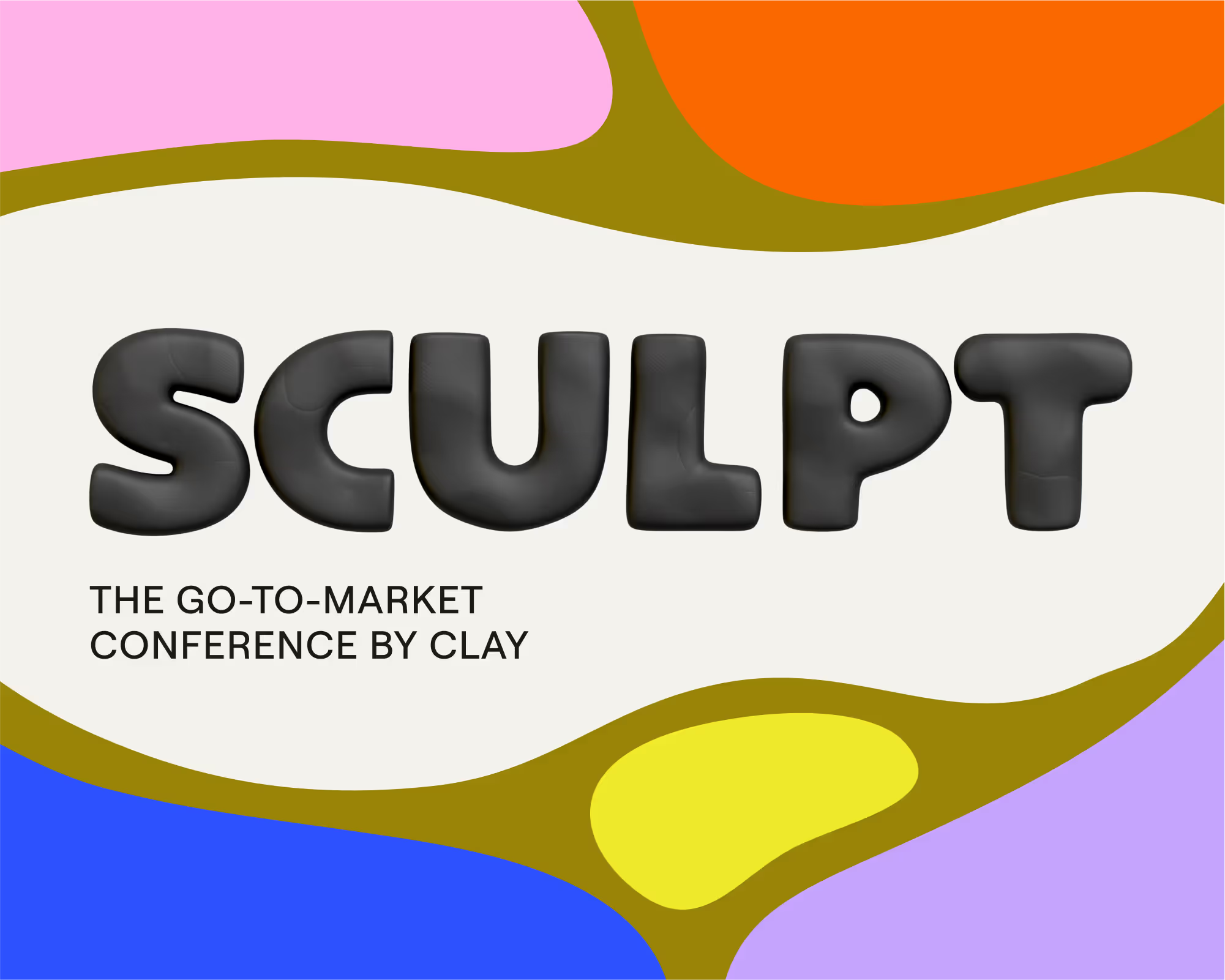
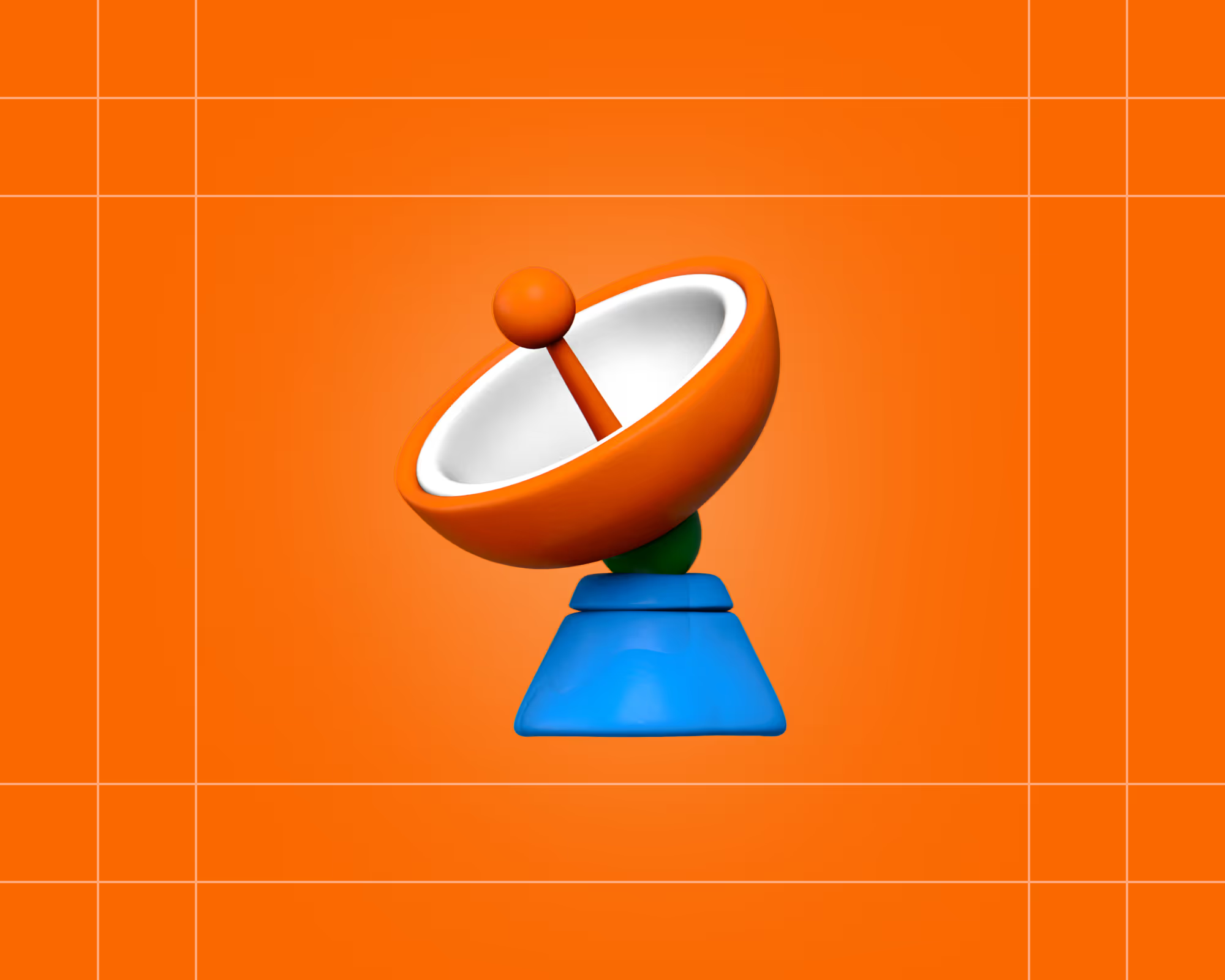
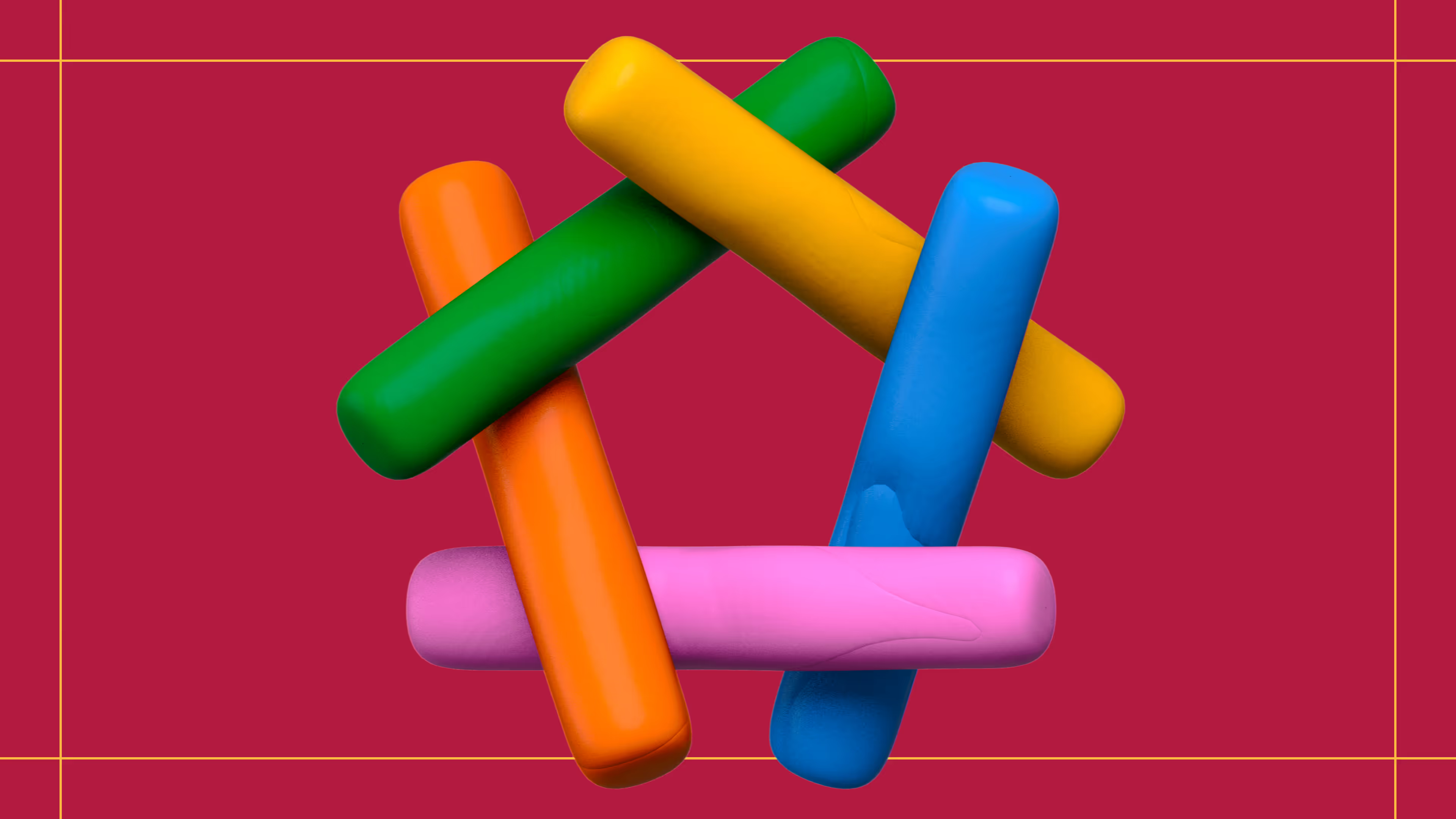
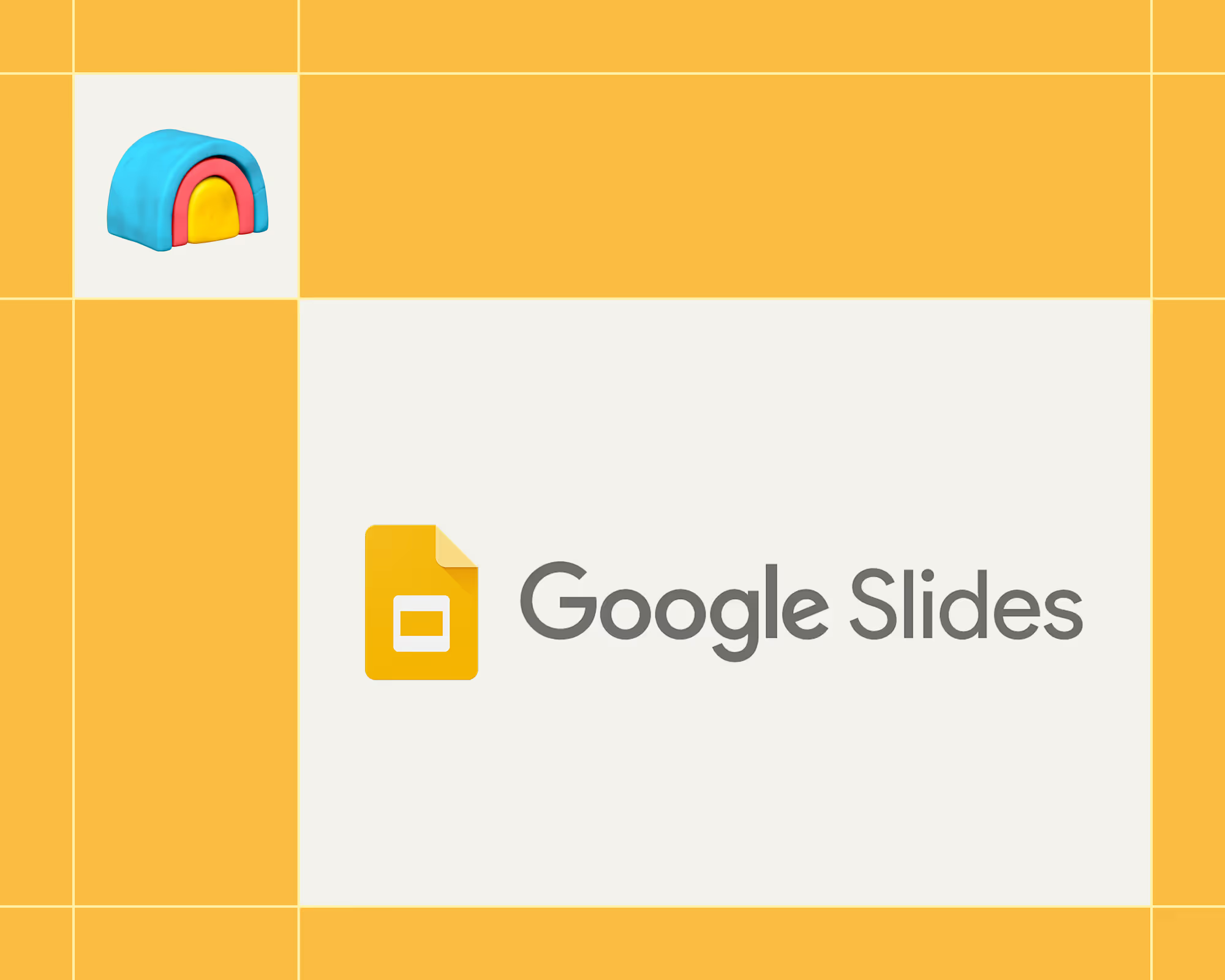
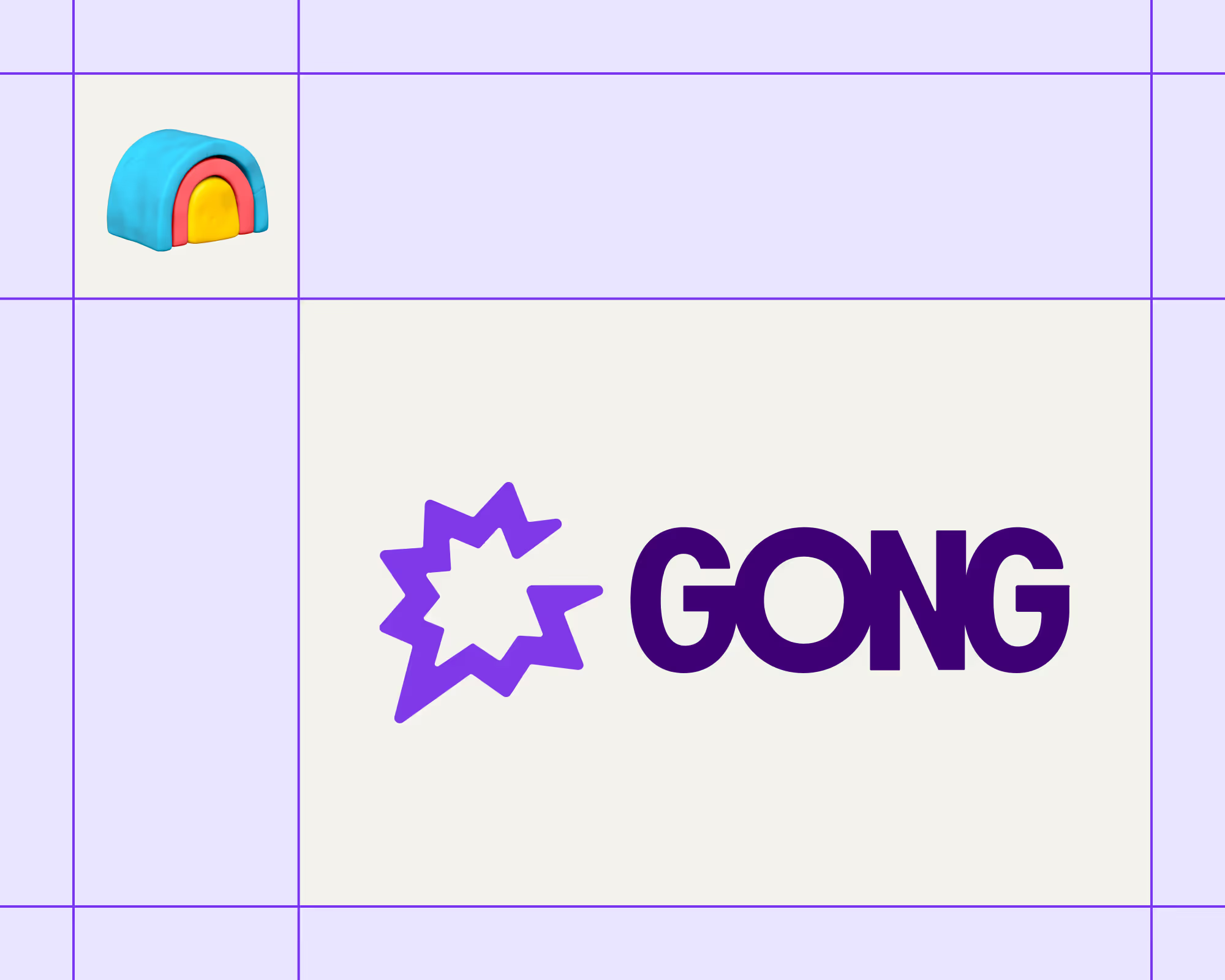
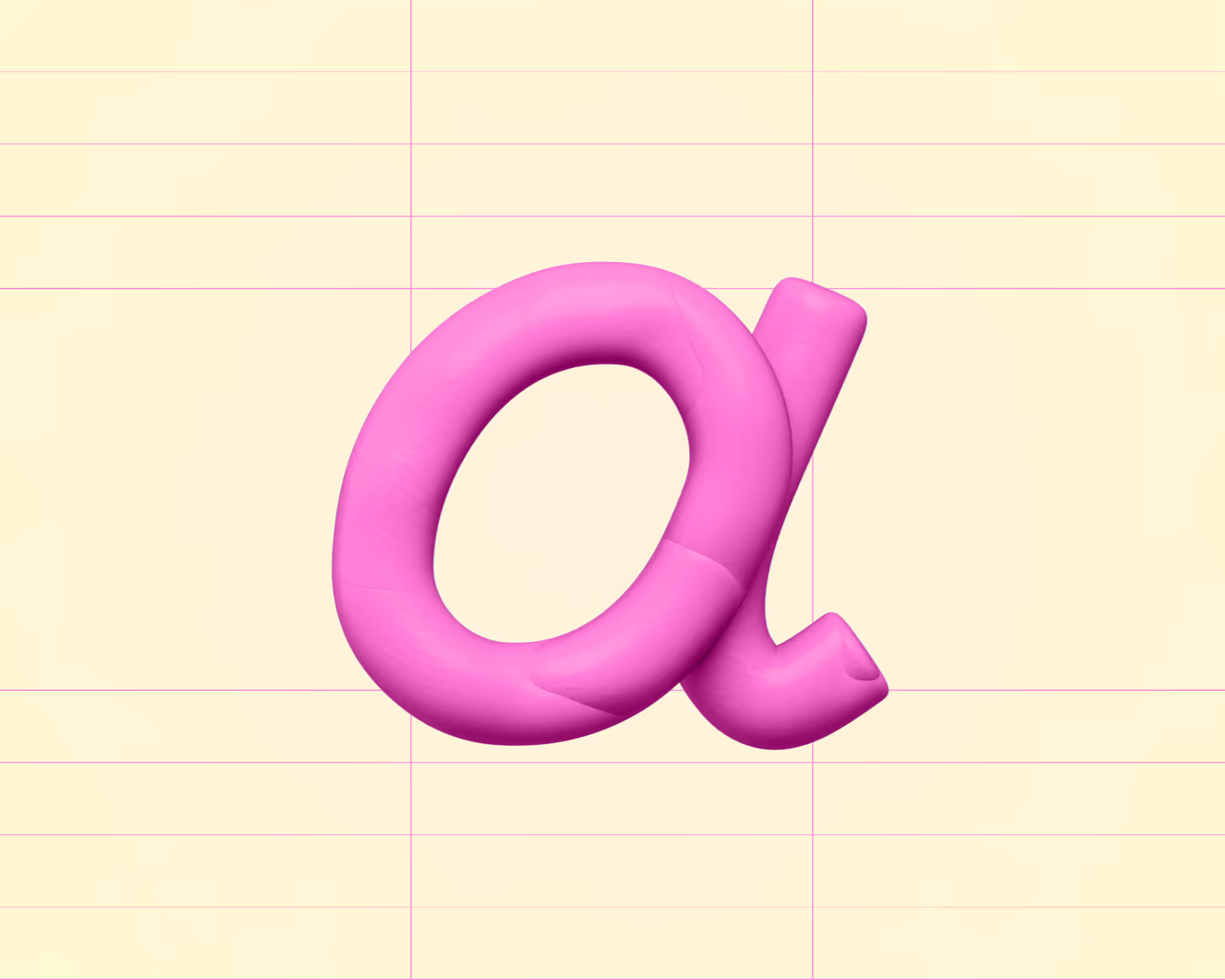
.avif)











.avif)
.avif)






















































